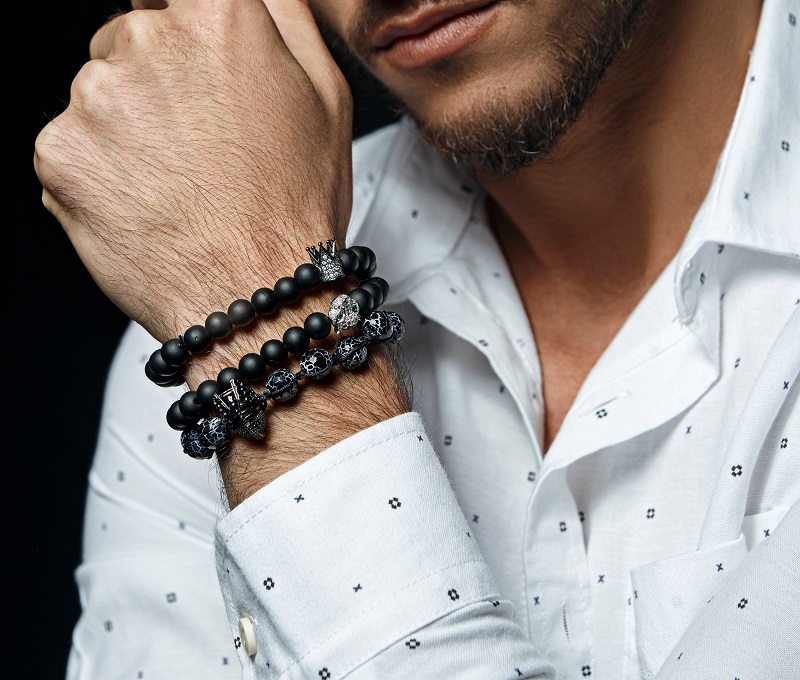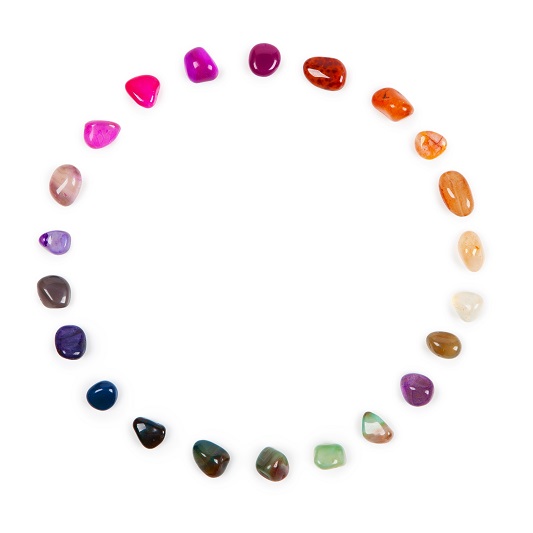French Jewellers: Our All-time Favourites

Gemstone of the Week: Turquoise
13th July 2017
Your Complete Guide to Gold
13th July 2017If you are a through-and-through jewellery fanatic or simply admire pretty things, there are some essential French names you should know, and if you don’t, you may have some explaining to do. France has birthed some of the world’s best names in fine jewellery who continue to provide the world with exquisite gems steeped in heritage. Below, discover three of our favourite French jewellers.
Perhaps one of the most well-known names in not just French but international jewellery and watch design, Cartier was founded by jeweller Louis-François Cartier in Paris in 1849. Louis-François took over the workshop of his master; however, it was only 30 years later that his son, Alfred Cartier, took the reins. Until the late 19th-century, the Cartier name was relatively low-key globally-speaking; however, that soon changed when Alfred’s sons, Louis, Pierre and Jacques, took over the company. The brand then grew exponentially, opening new stores in London, New York and St. Petersburg.
All the while, Alfred continued to manage the brand’s Paris store and worked on a variety of exciting designs, including the creation of the now signature ‘Tutti Frutti’ jewels. Alfred also created the brand’s first ever wristwatch, the “Santos”, which he designed for Brazilian aviator Alberto Santos-Dumont after he complained that using pocket watches while flying was “unreliable and impractical”. Since that moment, Cartier has become a force to be reckoned with in timepieces, best known for its simple and elegant men’s and women’s watches – especially square-faced watches with leather straps.
Famous jewellery creations by Cartier include the Cartier-Burton-Taylor diamond, a 69.42-carat diamond that actress Elizabeth Taylor wore in Monaco in 1969, as well as the Maharaja Sir Bhupinder Singh of Patiala’s ceremonial necklace which comes in at some staggering 1000 carats and features 2,930 diamonds, including a mesmerising 234.69-carat yellow diamond at its centre. In 1935, Cartier also designed the Bismarck Sapphire Necklace which features a stunning 98.60-carat sapphire. Since 2010, the necklace has been on display at the National Museum of Natural History in Washington D.C.
Today, as well as being a French favourite for excellent watches, Cartier is best-known for its delicate diamond jewellery and statement engagement rings, as well as its collections of leather accessories, fragrances, and quality gifts. It has developed to be a global lifestyle brand with jewellery at its heart.
Cartier has more than 200 stores in 125 countries.
Founded in Paris in 1906 by jeweller Alfred Van Cleef and his father-in-law, Salomon Arpels, Van Cleef & Arpels is best known for its whimsical jewels featuring flowers, animals, and even fairies, including clustered diamond and ruby designs. When Arpel died in 1896, his sons, Charles and Julien, took his place alongside Van Cleef and, together, they opened their first boutique at 22 Place Vendôme, opposite The Ritz hotel. Following the opening of their first store, rather than looking towards a global market, Van Cleef & Arpels worked to cement their place in French jewellery history by opening stores in a variety of French holiday resort destinations such as Nice, Le Touquet, Deauville, and Monte-Carlo.
In 1925, Van Cleef & Arpels’ exuberant bracelet featuring white diamond roses and red ruby-encrusted roses won the main prize at the International Exposition of Modern Industrial and Decorative Arts. Following the achievement and under the creative direction of Alfred’s daughter, Renée (born Rachel), Van Cleef & Arpels went on to become the first French jewellers to open stores in Japan and Asia.
What is the Mystery Setting? Patented in 1933, Van Cleef & Arpels’ Mystery Setting is a signature setting technique where the prongs remain invisible. The process, in which the jeweller must facet precious stones on a miniature gold rod before setting them, can take up to 300 hours per piece.
Van Cleef & Arpels’ most notable designs include its Ballerina clips, introduced in 1940; the signature Zip necklace; and the Baroda Necklace, an extravagant diamond and Colombian emerald necklace commissioned by the Maharani of Baroda in 1950. In 1967, the jewellers’ also designed Empress Farah Pahlavi of Iran’s striking coronation crown featuring diamonds, pear-cut pearls, rubies and emeralds.
Van Cleef & Arpels has more than 15 stand-alone boutiques and many more concessions worldwide. As well as fine jewellery, the brand now also creates men’s and women’s watches and fragrances.
Did we save the best until last? You decide.
Founded in 1780, Chaumet is one of France’s oldest jewellers. The brand was established by Marie-Étienne Nitot after he left his apprenticeship at Aubert, the then-jeweller of Queen Marie-Antoinette. With him, Nitot took his aristocratic ensemble of clients; however, it was after the French Revolution (1789) that the brand became noticed. In 1802, Nitot became the official jeweller of Napoleon and, after introducing his son François to the business, went on to design Napoleon’s coronation crown.
When the Napoleon Empire fell in 1815, Nitot withdrew from Chaumet, passing the reigns to his foreman, Jean Baptiste Fossin. Working with his son, Fossin took Chaumet to new heights and experimented with Renaissance-inspired, romantic and naturalist-themed pieces. Under the management of Fossin, Chaumet created jewels for the King of France, amongst other famed clientele.
Around 1848, Chaumet established its first boutique in London, which was managed by jeweller Jean-Valentin Morel. Morel designed pieces for Queen Victoria and even became an official royal supplier.
Some of Chaumet’s most regarded designs include Empress Marie Louise’s Ruby and Diamond Coronation Crown, created by Nitot in 1810; Napoléon and Josephine’s diamond and sapphire engagement ring, created in 1873; and Marie Thérèse’s Emerald and Diamond Tiara, created in 1820.
Today, Chaumet has more than 80 stores worldwide.
Of course, France is home to many other French jewellers, too, including the likes of Boucheron, founded in 1858, and the fine jewellery of fashion powerhouse Chanel. However, the above are just some of our all-time favourites who made such a global impact that they’re still going strong today.
When you’re next in Paris, spend some time discovering France’s rich jewellery heritage.




